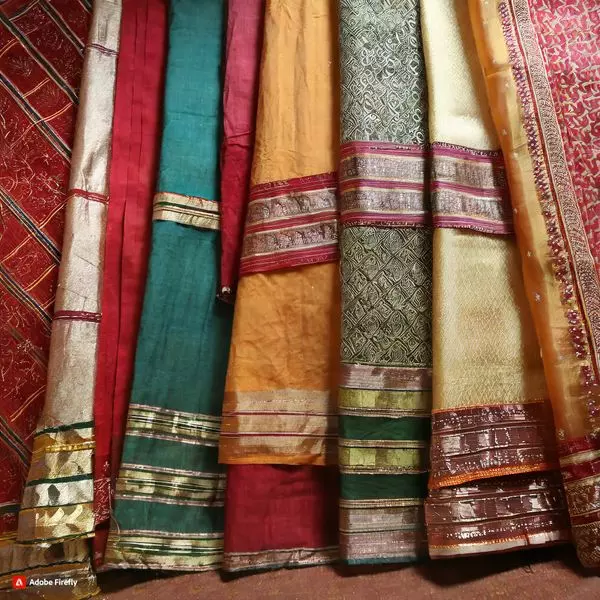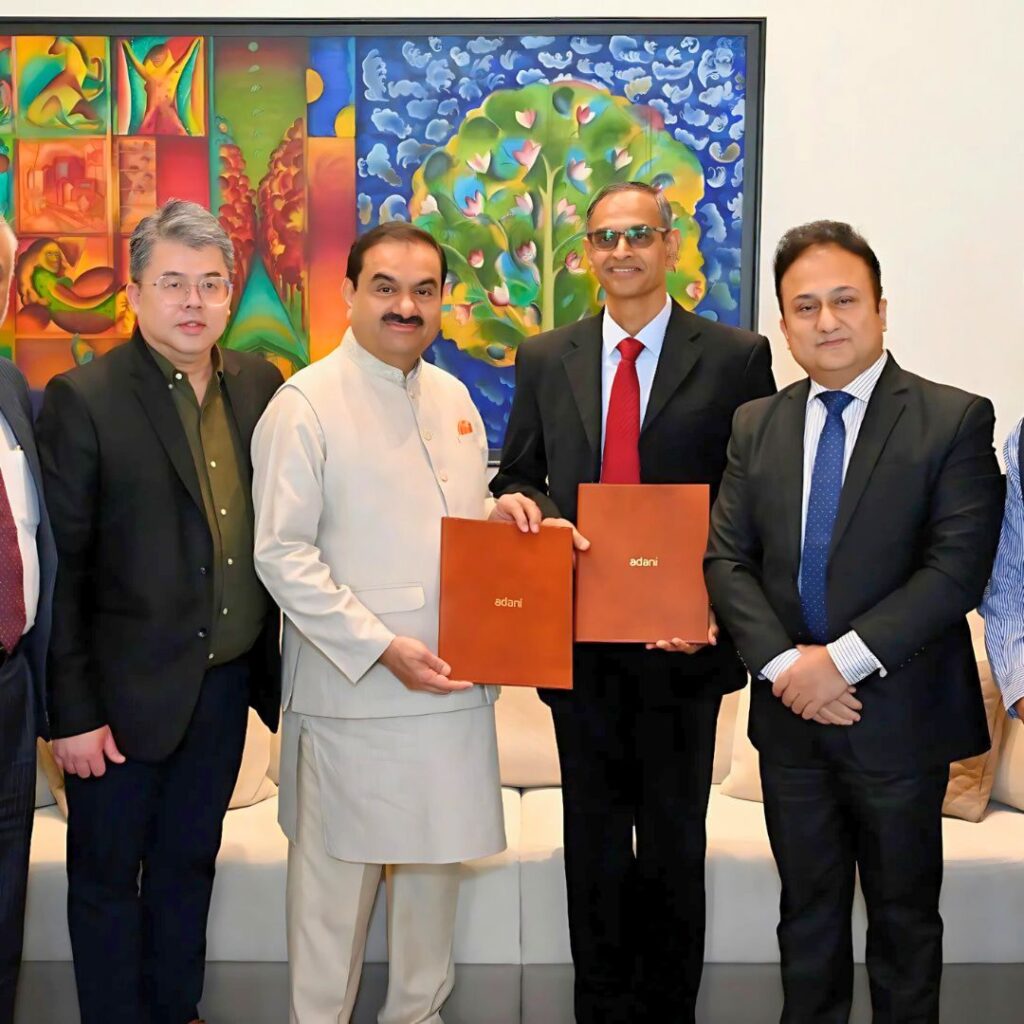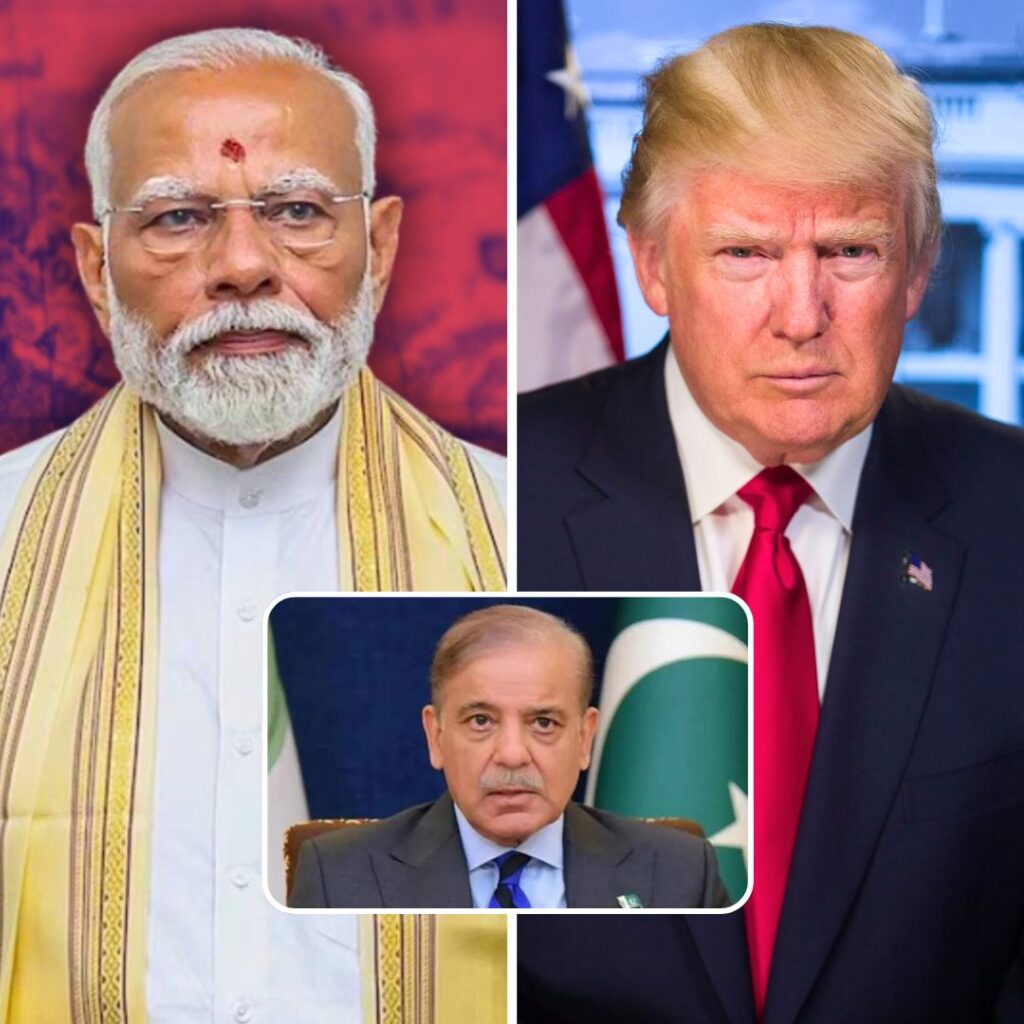The saree, a timeless symbol of Indian tradition, has adorned women across the subcontinent for centuries. More than just a piece of fabric, it encapsulates the cultural richness of India. Each saree type, from the opulent Banarasi to the artful Baluchari, narrates tales of tradition and craftsmanship. In this exploration, we embark on a journey to understand the historical importance of diverse Indian sarees and discover where to acquire these exquisite pieces.
Banarasi Sarees: Epitome of Opulence
Originating from Varanasi, Uttar Pradesh, Banarasi sarees are renowned for intricate brocade work and metallic threads, symbolizing luxury and grandeur. With a history dating back to the Mughal era, these sarees draw inspiration from the rich architectural heritage of the city. Ideal for weddings and festivities, Banarasi sarees possess timeless allure and often become cherished heirlooms passed down through generations.
Kanjeevaram Sarees: Splendors of South India
Hailing from Kanchipuram, Tamil Nadu, Kanjeevaram sarees are celebrated for their lustrous silk and vibrant colors. Woven by skilled artisans, each saree is a masterpiece reflecting the exquisite craftsmanship of the region. Adorned with traditional motifs such as temple borders, checks, and peacocks, Kanjeevaram sarees showcase the artistic heritage of South India, making them a popular choice for bridal wear and festive occasions.
Bandhani Sarees: Vibrant Tie-Dye Delights
Celebrated in Rajasthan and Gujarat, Bandhani sarees feature vibrant tie-dye art. Created by tying small knots on the fabric before dyeing, they offer a myriad of colors and patterns, making them ideal for joyous occasions like weddings and festivals. Versatile and suitable for women of all ages, Bandhani sarees have become favorites among both traditional and modern fashion enthusiasts.
Chanderi Sarees: Sheer Elegance
From the quaint town of Chanderi in Madhya Pradesh, Chanderi sarees captivate with their sheer texture and lightweight feel. Woven from a blend of silk and cotton, these sarees are perfect for the Indian climate. Adorned with intricate zari work and traditional motifs, Chanderi sarees exude grace and charm, making them an excellent choice for formal gatherings, parties, and cultural events.
Patola Sarees: Double Ikat Wonders
Originating from Patan, Gujarat, Patola sarees are a labor of love with their complex patterns and vibrant colors. Featuring double ikat weaving, where both warp and weft threads are tie-dyed before weaving, these sarees showcase symmetrical designs on both sides. Reserved for royalty and affluent families during weddings and auspicious occasions, Patola sarees are a mark of prestige.
Tussar Silk Sarees: Natural Beauty
Crafted from Tussar silk, these sarees are prized for their rich texture and natural golden hue. Produced by wild silkworms, Tussar silk is an eco-friendly choice crafted in various states, including Bihar, Jharkhand, and West Bengal. Suitable for both casual and semi-formal events, Tussar silk sarees reflect rustic elegance and simplicity.
Paithani Sarees: Treasures of Maharashtra
Representing Maharashtrian culture, Paithani sarees feature vibrant colors and intricately woven peacock motifs. Woven with silk and metallic threads, they are a must-have for Maharashtrian weddings and festivities, often passed down as cherished family heirlooms.
Sambalpuri Sarees: Artistic Weaves
Hailing from Odisha, Sambalpuri sarees showcase geometric patterns and traditional motifs like shankha (conch) and chakra (wheel). Handwoven by skilled artisans using the ikat dyeing technique, these sarees are highly sought after for their unique patterns, making them popular choices for festivals, cultural events, and formal gatherings.
Kota Doria Sarees: Delicate Drapes
Hailing from Kota, Rajasthan, Kota Doria sarees are known for their lightweight, airy feel, and translucent texture. Made from a blend of cotton and silk, they are perfect for the hot and humid Indian climate. Characterized by square-checked patterns, Kota Doria sarees are ideal for summer wear, casual outings, and semi-formal events.
Muga Silk Sarees: Assam’s Luxury
Muga silk, native to Assam, imparts a natural golden sheen to sarees. One of the rarest and most luxurious silks globally, Muga silk sarees are known for their durability and rich texture. Adorned with intricate designs inspired by nature and Assamese culture, these sarees are often reserved for special occasions and weddings.
Baluchari Sarees: Weaving Tales of Bengal
From Bishnupur, West Bengal, Baluchari sarees depict mythological scenes and narratives from epics like Ramayana and Mahabharata. Woven on traditional Jacquard looms, these sarees are a testament to the skill and artistry of Bengal’s weavers. Highly regarded for their storytelling nature, Baluchari sarees are often worn during cultural and religious events.
Indian sarees, with their rich tapestry of culture, craftsmanship, and history, hold a special place in the hearts of women. From the grandeur of Banarasi to the vibrancy of Bandhani, each type carries a unique charm, embodying the essence of diverse regions and traditions. By celebrating and preserving the beauty of these sarees, we continue to honor India’s timeless elegance, ensuring it transcends through generations.
Also Read: The Changing Landscape Of Dengue: Climate-Driven Spread in India












